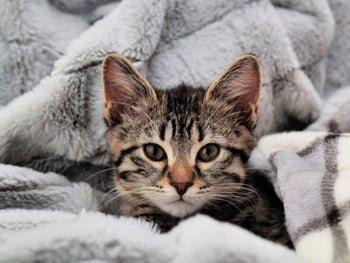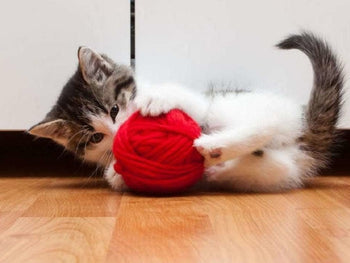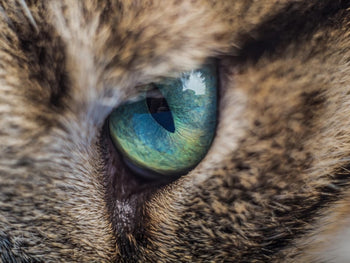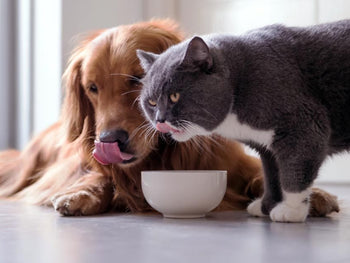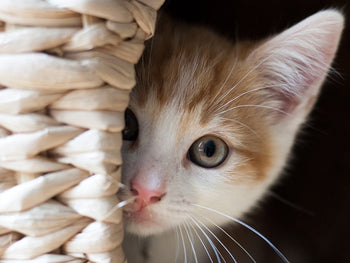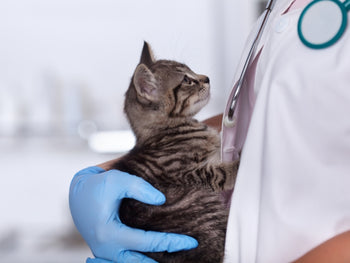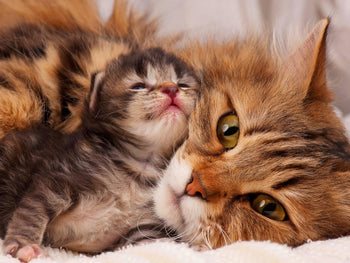
Spaying is a normal process in raising a pet, in particular, cat in the sense that it helps control the pet population while preventing potential behavioral and medical problems, allowing them to lead a healthy life. However, not every spaying case leaves your cat in a completely normal condition. She may develop negative reactions to spaying like lumps appearing near the incision area. What you need to do is to learn about cat spay incision lump to find out the suitable solutions.
Cat spaying, or female neutering, is a surgical operation aimed at removing the reproductive system of female cats, which is often carried out by a veterinarian. The organs taken out include ovaries, uterus, and fallopian system. Almost every cat should receive this treatment so that the cat population can stay under control. Moreover, cat behavior may be modified while genetic feline diseases cans stay under control, thereby maintaining the female cats’ overall health. Though neutering is a commonly safe procedure, some cat spaying complications may follow. It depends greatly on the vet’s technique, sutured materials used, and the patient’s own medical background. Take possible symptoms into account before letting this operation happen.
Check us out for astonishing cat tips & facts!
Normal cat spay incision lump
It is rather normal that a non-painful swelling appears under the incision a week or a few days after surgery. This is just a suture reaction – the body’s way of working on the sutures. A minority of animals show a reaction and these types of lumps normally take several days to shrink.
However, in some special cases, there is redness or green-yellow discharge near the incision. Though the lump might be a normal reaction, you need to take abnormal signs into account: it tends to grow, other swelling occurs or her skin is warm to touch. In addition, be careful about signs indicative of pain, lethargy or lack of appetite for eating.
Types of cat spay incision lump
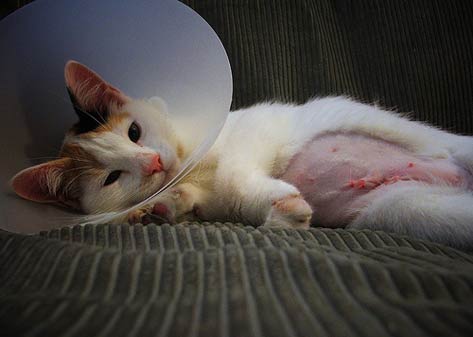
Seromas
A seroma is a large lump which forms at a surgical site such as the middle of a cat’s tummy when there is a gap left in the subcutaneous fat layer. This happens as a result of the surgical process or the animal’s licking the incision site excessively. Or else, if the cat runs around too much, it can cause seromas as well.
Normally, seromas will eventually shrink and don’t require any specific treatment. To reduce discomfort, you can give your furry friend feline painkillers, curb her movement, prevent licking while placing cold compresses on the lump.
Hernias
A hernia is a kind of spay incision lump that forms when the animal’s abdominal wall sutures break down, enabling fats, intestines, and other internal organs to go out of the abdominal cavity and enter the space under the skin. Hernias can be either small and inconsequential or large and life-threatening, depending on which organs find their way out of the abdomen.
In this condition, treatment often involves surgical repair. Emergency surgical repair is necessary in case a piece of bowel becomes strangulated or the bladder exits through the hernial ring. With trapped bladders or strangulated bowels, animals are very sick, so keep an eye on their prognosis.
Abscesses
Like seromas, an abscess is a fluid-filled swelling that forms between the abdominal wall muscles and the skin. Instead of being sterile, bacteria have penetrated the subcutaneous space and filled the cavity along with cream-to-brown-colored pus. Though seromas are normally painless, abscesses are hot and painful to touch while the skin overlying them is red or black in color. If left untreated, abscesses will grow bigger to end up bursting out via the suture-line, leading to wound breakdown.
Since abscesses won’t shrink on their own, the animal needs special attention from a vet. Surgical drainage of the abscess and antibiotics are necessary to fix the problem.
Tips on caring cat spay incision lump
After any animal surgery, good communication with the vet is the key solution. In general, there are a few tips that can ensure a successful recovery for your cat.
Prevent licking
Cats groom themselves very often, but their tongues contain a large number of bacteria. Thus, you shouldn’t let the cat lick the surgical site in any case. If necessary, you can use an Elizabethan collar, or the cone, during the healing time. Though unfamiliar with it at first, she will grow used to it.
Limit activity
It is advisable that you limit your cat’s movement as much as possible until she makes a full recovery from the operation. Excessive movement can make the incision open up. If possible, try to keep her in a spacious carrier or quiet room whenever you won’t be available to monitor her activity. Moreover, maintain calm in your house to create a comfortable living environment for your feline friend.
Avoid baths
Cat owners often give their cats a bath in the sense that bathing will help to prevent bacterial contamination. However, the reverse is true. During the recovery process, water may open up the incision, thereby making the wound slow to heal.
Eliminate hiding spots
By instinct, cats tend to hide after traumatic events like surgery. In this case, you can’t monitor them properly. Therefore, try your best to isolate them from potential hiding places such as closets, or the basement. Use collars with attached bell to make sure you always know where they are.
Keep close contact with the vet
The vet is likely to prescribe home treatment or pain medication for your cat, so you should follow the vet’s instruction closely. Remember not to give her any human medication or use creams and ointments on the incision site. Otherwise, she will run high risks of suffering from bacterial contamination. If anything abnormal arises or you see hardly any improvements in her condition, contact the vet immediately to change to the proper treatment method. Examine the incision site twice a day so that you can notice changes and look for signs of discharge or swelling.
Generally speaking, the phenomenon of cat spay incision lump is unavoidable that cat owners often face when adopting a cat. Under improper treatment, the incision site may take a long time to heal, followed by dangerous complications. Therefore, pay close attention to your feline friend and apply our suggested tips for the sake of her health.
Find our more useful cat stuff at Cattybox!
